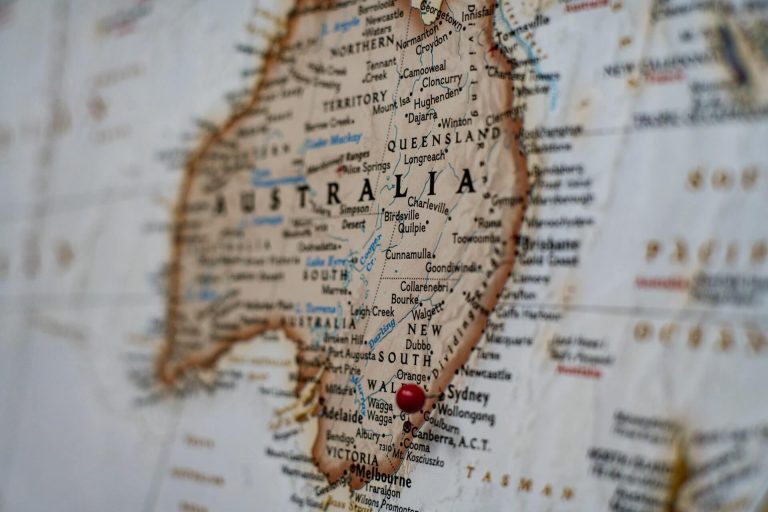Global optimism in the Australian economy as a result of it’s handling of the pandemic and rising iron ore prices have significantly lifted the value of the Aussie dollar. In less than ten weeks the Aussie dollar went from a two-decade low of 55 US cents in mid-March to 68 cents this week.
The 24 per cent currency hike against the US dollar is taking place despite the sharpest global economic decline since the Great Depression. While some are pointing to the US dollar suffering from economic instability, including ongoing race protests and over 100,000 COVID-19 deaths, currency analysts say the increased worth of AUD actually has more to do with China.
The world’s largest economy is coming out of it’s COVID induced hibernation and looking to rebuild. After a start of the year marked by record low economic activity in the country, many sectors of the giant economy have indeed shrunk. But while the Chinese people are often called ‘a nation of savers’, the Chinese government is a huge spender.
State-owned factories and industrial production reopened starting in March. Chinese industrial production increased by nearly 4 per cent in April compared to last year. Alongside the country’s industrial-led reopening, China’s demand for Australian iron ore has also returned.
Major iron ore producers, such as Brazil and South Africa, have faced considerable supply disruptions amid the pandemic. Western Australia’s decision to keep iron ore mines operational during the lockdown has aided the country’s ability to export. With high demand and restricted supply, the price of iron ore is now $US102 a tonne.
Overall, Australian trade has also has been favourable. The country is in an extremely rare position, having recorded an entire year of current account surpluses. This means that for the first time since the mid-1970s more income has been generated from exports and overseas investments compared to spending on imports and paying foreign investors. The current account surplus expanded to a record $8.4 billion or nearly 2 per cent of the GDP in this year’s first quarter.
There’s also a considerable economic bonus to having globe-trotting Aussies stuck at home. Australia is known as an international tourism destination, notably attracting a large cohort of young backpackers and Asian tourists annually, but Australians are equally generous spenders aboard. Aussies spent $52 billion overseas last year alone.
Australia still saw an $11 billion tourism surplus from spending by foreign tourists compared to overseas travel expenditure by Australians. But this year Aussies will be forced to stay landlocked down under – meaning the over $50 billion of would-be travel funds will be kept in domestic circulation instead of leaving the country.
As Australia receives international praise for its containment of COVID-19, this positive international image could make it a safe and attractive travel destination post-pandemic. More restricted spending habits and travel bans may also spur domestic tourism.
But despite the Aussie dollar’s surge helping restore economic confidence and keeping trade competitive internationally, experts warn against celebrating too soon. A looming recession is still very real as the full aftermath of the summer’s bushfires and global pandemic play out. There are multiple potential economic hardships ahead including unpredictably damaging second-wave outbreaks of COVID-19, far-reaching economic and political turmoil from the U.S. and an unresolved trade war between two of the country’s largest trading partners.





